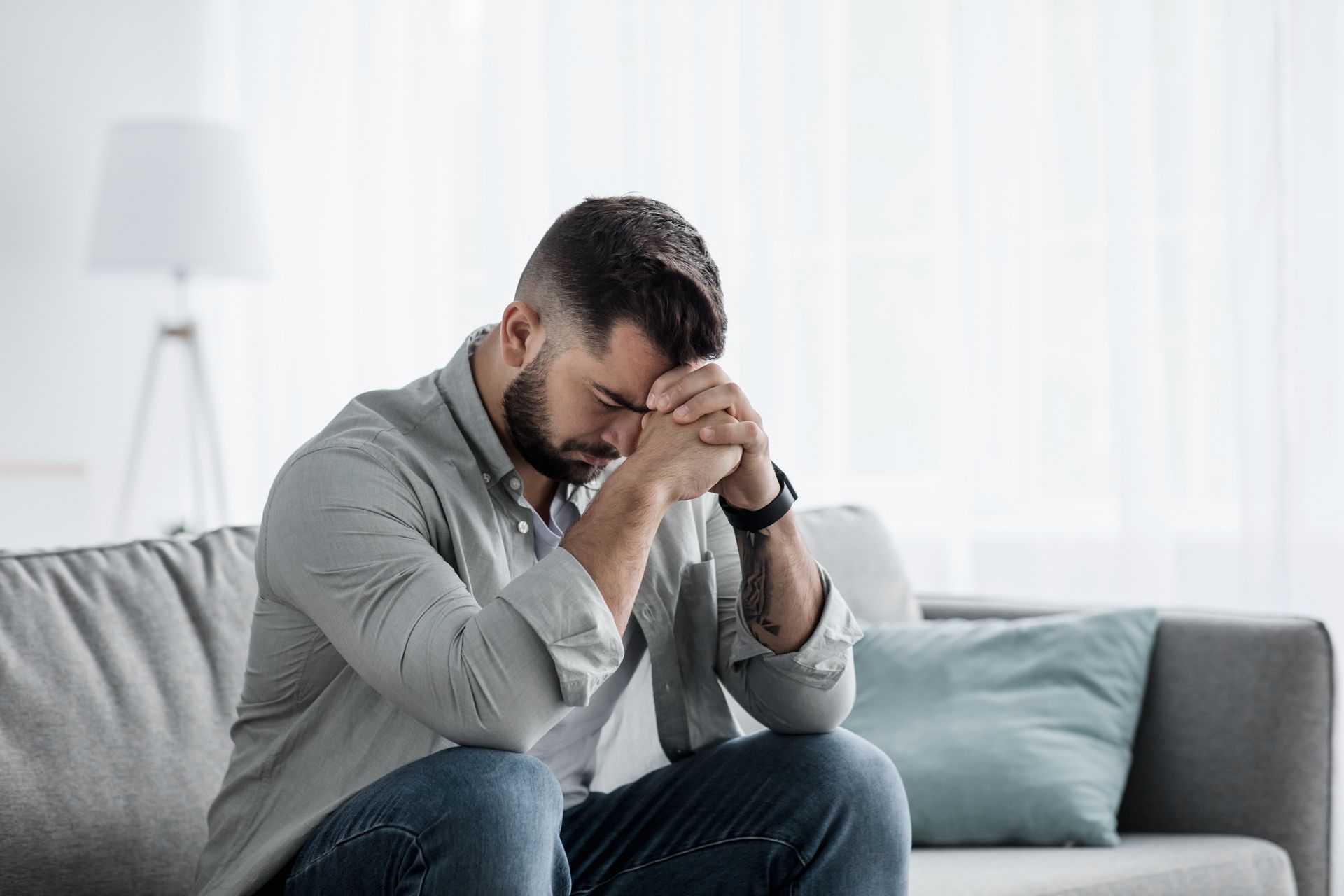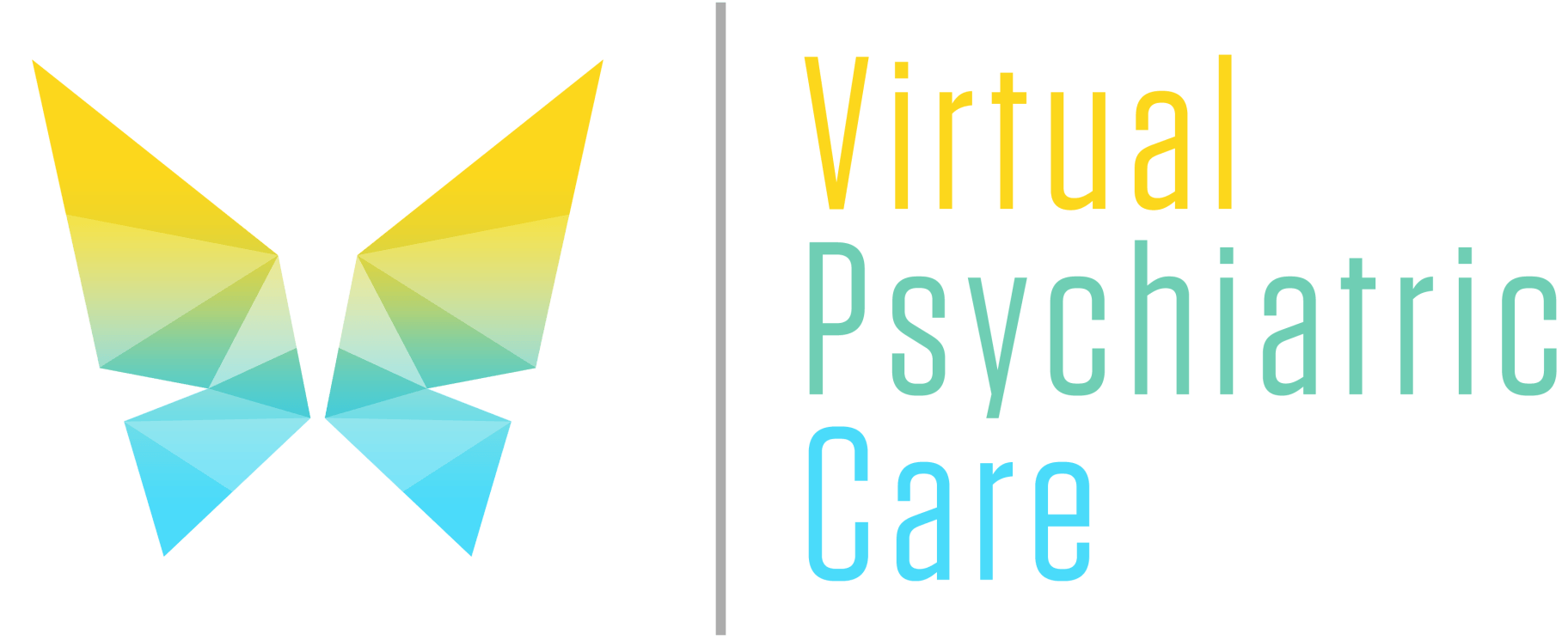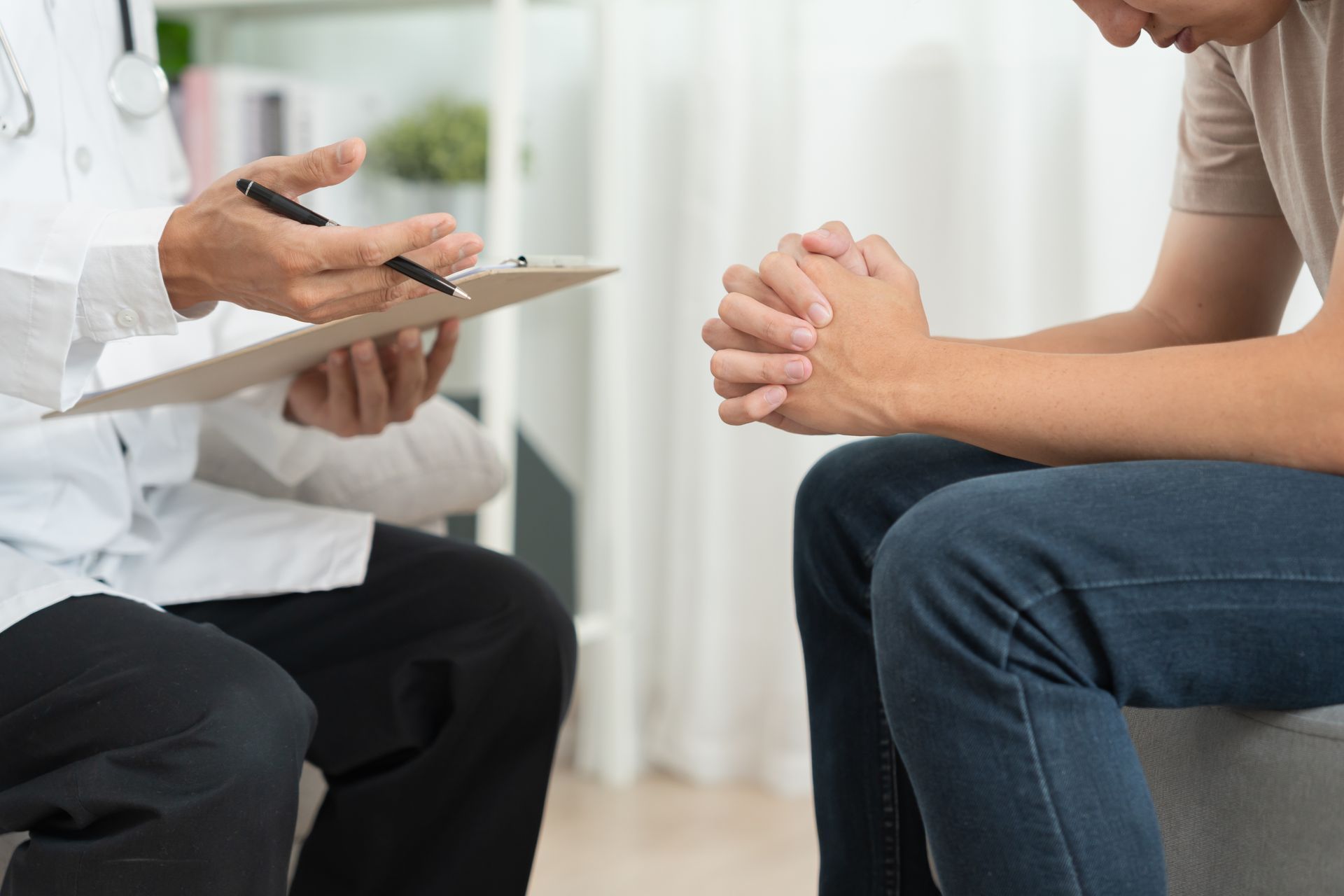How to Tell the Difference Between Worry and Anxiety

We’ve been there before. We’ve felt worried. You may tell others that you have anxiety. What does that mean, though? While worrying is uncomfortable, it might not necessarily be anxiety. However, how do we recognize the difference between worry and anxiety?
It might be difficult to distinguish between concern and anxiety at times. If you've ever felt worried sick and wondered if you had anxiety, you're not alone, especially given that concern is a component of anxiety. That being said, it's critical to remember that just because you're worried doesn't imply you're anxious.
While many people nowadays use the terms interchangeably, worry and anxiety are actually quite different. One aspect of the distinction is how each impacts our mental and physical well-being.
One of the primary distinctions is that worry is typically transitory and transient, but anxiety, which affects an estimated 40 million individuals in the United States, may be permanent and impact your entire body.
- What is Anxiety?
- What is a Worry?
- How Are They Different?
- Seeking Professional Help
- Final Thoughts
What is Anxiety?
It is natural to feel anxious from time to time. People with anxiety disorders, on the other hand, usually experience strong, excessive, and persistent concern and terror about ordinary events. Anxiety disorders sometimes feature recurring bouts of acute anxiety, dread, or terror that peak within minutes (panic attacks).
Anxiety and panic disrupt everyday activities, are difficult to regulate, out of proportion to the real risk, and can linger for a long period. To escape unpleasant sensations, you may avoid locations or circumstances. Symptoms may appear in childhood or adolescence and persist throughout maturity.
Anxiety is defined as an uncontrollable sensation of uneasiness or worry, usually caused by a new environment or an event with an undetermined conclusion.
Any or all of the following are anxiety symptoms:
- Feeling uneasy or agitated?
- Fear of looming and imminent disaster
- Accelerated heart rate
- Breathing quickly
- Sweating \sTrembling
- Concentration issues
- Feeling frail
- Having difficulty sleeping
- Gastrointestinal issues such as diarrhea, nausea, or a loss of appetite
There are several forms of anxiety disorders, including:
GAD (generalized anxiety disorder):
GAD (generalized anxiety disorder) is characterized by a persistent sensation of dread or anxiety, frequently with little or no trigger.
Separation anxiety disorder:
Although it is commonly assumed that separation anxiety disorder mainly affects children, adults can be diagnosed with it as well. People suffering with separation anxiety disorder are terrified of being separated from the people they care about. They usually worry that something horrible may happen to their loved ones while they are separated. They fight being removed from their attachment figures as a result of their fear.
Social anxiety disorder, often known as social phobia, is characterized by persistent dread or worry in social interactions. They are always concerned with what others may think of them, and they frequently form false notions in their own heads.
Panic disorder is characterized by frequent and sudden panic episodes. A panic attack is a brief period of great dread, discomfort, or a sensation of being out of control. It's crucial to emphasize that panic disorder does not affect everyone who suffers a panic episode.
Obsessive-compulsive disorder (OCD)
is defined by persistent, unwanted thoughts or ideas (obsessions) that lead people to feel compelled to do something (compulsions). Excessive hand washing, counting, and ensuring that doors are always secured are examples.
What is a Worry?
There are a few ways you can tell the difference between worry and anxiety. You almost certainly have some level of anxiety on a regular basis (or even anxiety). But what exactly do these phrases mean? Both emotions are characterized by a sensation of worry, unease, and potentially tension. However, they are not the same.
Here are four important distinctions between worry and anxiety:
Worry lives in our brains. | Anxiety affects both the body and the psyche.
"Everyday anxieties occur in your thoughts, whereas anxiety frequently emerges physically in your body," Devore adds. "You can feel dizzy or faint. Some individuals even experience hyperventilation." Anxious people are also more prone to suffering from digestive issues such as nausea, indigestion, and irritable bowel syndrome.
Anxiety is unplanned, whereas worry is.
When you are worried, you are generally apprehensive about an imminent event. For example, you may be concerned that you have a test coming up and that you will need to study in order to do well. Worry might even be beneficial in this situation since it motivates you to learn or prepare.
When it comes to anxiety, the opposite is true. You can't predict when anxiety will strike. Even if they have studied extensively, some people may have test anxiety on the day of the exam. Or they may be concerned about needing to fly in a few weeks. Anxiety might appear out of nowhere and lead to unwanted thoughts.
Anxiety lasts longer than worry.
Worry may be used to address problems, while anxiety is more difficult to overcome. You may be concerned about being on time for an early morning appointment, so you set your alarm early. You need to be concerned is most likely over.
If you are anxious, you may be unable to sleep the night before your appointment because you are afraid your alarm will not go off. Even if you wake up on time, your anxiety may cause you to fret over the chance of being late due to construction, an accident, or getting lost (or all three).
Worry does not normally interfere with everyday functioning, but anxiety can.
If you suffer from anxiety, you understand how crippling it can be. People suffering from anxiety, for example, may be so scared of germs that they refuse to work in an office building.
Many individuals are afraid of being sick, yet they do not let their dread keep them from going about their regular lives. Someone who is concerned may take measures like as washing their hands, wearing a mask, or using hand sanitizer, but they will not be deterred from working.
How Are They Different?
There is a key difference between worrying and anxiety. Worry and anxiety might be used interchangeably. They are different. In a nutshell, anxiety can affect your daily life because it is followed by symptoms. Anxiety is made up of three parts: emotional, physiological, and cognitive.
Assume you have a work presentation coming up. Fear and dread are two instances of emotional components that you may perceive. You may also experience body feels like as heart palpitations, perspiration, or stomach tightness, which are indicative of the physiological component.
Worry is the emotional and cognitive component of anxiety. You may have an anxiety disorder if you worry excessively most days for six months and have physical symptoms.
Good worry may sometimes help you deal with situations. The right kind of concern, such as wondering how you're going to pay your bills or deal with a difficult scenario, may help us focus. Worrying thoughts may push us to solve problems. Taking action on your concerns, in turn, minimizes worried thoughts.
Seeking Professional Help
If you're afraid that your excessive worrying is genuine anxiety, there's never a bad moment to seek expert treatment. You do not need a mental health diagnosis to get assistance. It makes no difference if you are worried, anxious, or stressed. You may always get help if it is badly affecting your life.
Final Thoughts
It’s normal to experience worry or anxiety in our lifetimes. It’s equally important to understand the difference and when to seek help. Online therapy has been shown in studies to be useful in treating anxiety, depression, and trauma. There is no difference in patient satisfaction depending on whether therapy is delivered online or in-person, and the more sessions someone attends, the better the outcomes.











